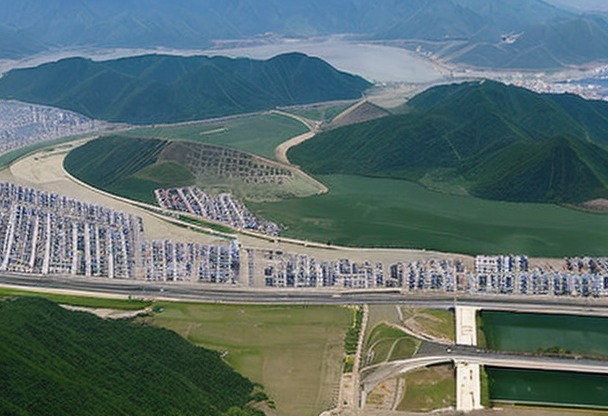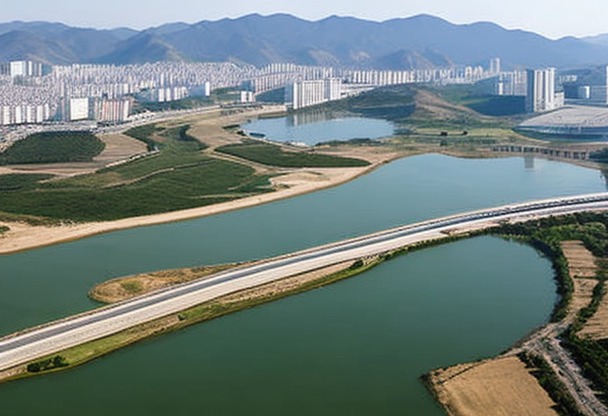WHEN TO TRAVEL TO NORTH KOREA
Choosing the right time for your trip to North Korea can make all the difference. It's important to consider climatic elements, seasonal events and busy tourist periods to maximize your travel experience.

Location
Climate
Seasons and climate in North Korea
The country has four distinct seasons, with cold, dry winters, mild springs, hot, humid summers and cool, pleasant autumns. Each season has its own particularities and attractions.Winter (December to February)
Winter in North Korea is characterized by very low temperatures (often below -10°C) and dry air. It's also the period with the least precipitation. Although it's very cold, weather conditions are generally clear and sunny, which can make it an attractive season for some travelers. Winter sports enthusiasts will be delighted to know that this is also the ideal season for skiing or snowboarding at the country's ski resorts such as Masikryong.Spring (March to May)
During this period, temperatures start to rise gradually, and the landscape is covered with flowers and greenery. Spring is an excellent time to visit North Korea, especially from April onwards, when the climate becomes milder. April is also marked by one of the country's most important cultural events: the Pyongyang International Film Festivalwhich takes place every two years.Summer (June to August)
Summer in North Korea is hot, with average temperatures around 25°C, but can be very humid and rainy. This season is marked by the monsoon which regularly brings heavy rainfall. However, this doesn't mean that summer is devoid of interest for travelers. Indeed, this period also offers many tourist attractions and cultural events. Summer highlights include Victory Day celebrations (July 27), which commemorate the end of the Korean War and usually include impressive military parades.Autumn (September to November)
Autumn is often considered the best time to visit North Korea, thanks to its cool, pleasant climate and colorful landscapes. Average temperatures range from 10°C to 20°C, allowing you to take full advantage of tourist activities without being bothered by heat or humidity. September is also the month when one of North Korea's most important cultural events takes place. Korean calendarthe national holiday celebrating the founding of the Democratic People's Republic of Korea (September 9).Public holidays and major cultural events
As well as taking climate and seasons into account, it can be useful to know about public holidays and major cultural events when planning your trip. Here are some of the major events and public holidays to consider:- New Year's Day (January 1): celebrations and festivities throughout the country.
- Kim Jong-il's birthday (February 16): commemorative ceremonies and festivities.
- International Workers' Day (May 1st): parades and demonstrations across the country.
- Anniversary of the founding of the Workers' Party of Korea (October 10): celebrations including military parades, fireworks and artistic performances.
Low and high season periods
Tourist numbers in North Korea vary throughout the year, with peak and off-peak periods influencing accommodation and flight prices. In general, the low season corresponds to winter (December to February), while the high season spans spring (April to May) and autumn (September to November). Summer (June to August) is considered an intermediate period, with average tourist numbers. However, it's important to note that some specific events (such as Victory Day celebrations in July) can cause a temporary increase in demand.Insurance
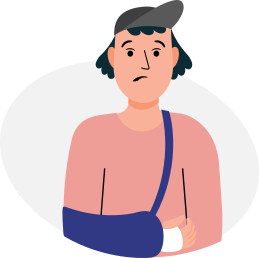
Your credit card does not cover you in all situations, that is whyIt is essential to take out insurance before you leave to avoid any unpleasant surprises. If you need to see a doctor or be hospitalized, in some countries, medical costs are very high and you will then find yourself having to pay several thousand euros.
Our partner Chapka Insurance proposes the contract CAP ASSISTANCE 24/24 with many essential guarantees.
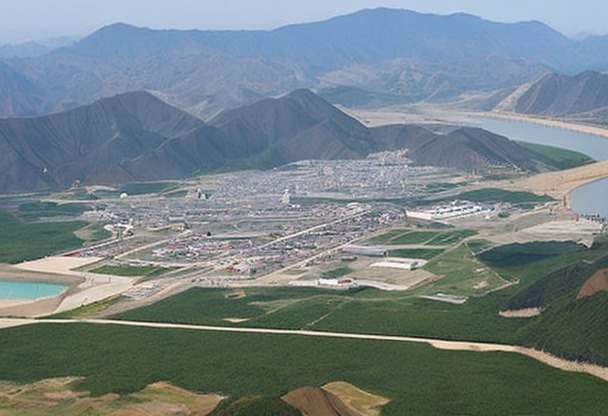
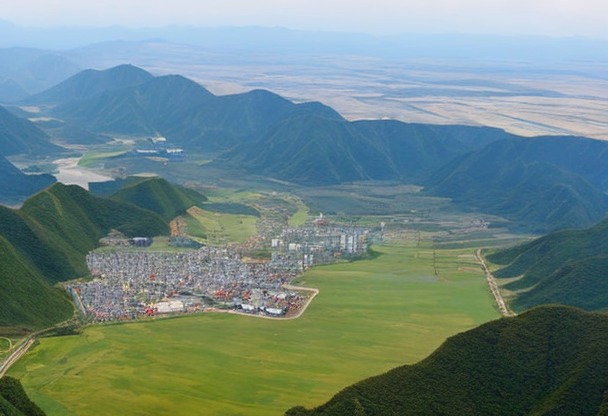
Flights
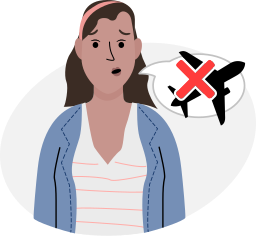
Your flight has been cancelled or delayed ?
You may be eligible for a compensation of up to €600 ! For this, lawyers are responsible for handling your claim with the airline and are only paid when the reimbursement is effective.
In conclusion, no financial risk for you, only advantages!
Immigration statistics in North Korea: a little-known reality
It is difficult to obtain accurate and reliable data on immigration to North Korea, given the closed nature of the regime and the lack of transparency on the part of the authorities. However, some estimates based on various sources give a general idea of the situation.- It is estimated that the total number ofimmigrants living in North Korea would be between 15,000 and 25,000 people.
- The main immigrant groups are from China, Russia, Vietnam And Cuba.
- The majority of immigrants in North Korea work in the following sectors industry, agriculture or services.
North Korean emigrants: a worrying situation
On the other side of the migration spectrum, North Korean emigrants represent a major humanitarian issue. It is estimated that between 100,000 and 300,000 North Koreans are living illegally in China, fleeing repression and poverty in their homeland. This situation exposes these people to numerous risks, such as violence, human trafficking and exploitation.Most popular visas in North Korea: between tourism and work
Despite its closed and isolated image, North Korea issues several thousand visas to foreign nationals every year. These visas are mainly for the purposes of tourism or work.- The tourist visa (type T) is the most commonly requested visa for travel to North Korea. It allows you to stay in the country for a short period, usually a few days or weeks, and must be arranged through an authorized tourist agency.
- The work visa (type D) is issued to foreign nationals who have obtained employment in North Korea. This type of visa often involves restrictions on movement and communication with the outside world.
International tourism figures for North Korea: an expanding sector
Tourism in North Korea is a fast-growing sector, despite the restrictions imposed by the regime and geopolitical tensions. Foreign visitors are mainly attracted by the opportunity to discover a mysterious country and its many historical and cultural sights.- It is estimated that a few thousand foreign tourists visit North Korea every yearAlthough figures vary according to sources and political fluctuations.
- Most tourists come from China, but there has also been an increase in the number of visitors from other Asian countries, as well as from Europe and North America.
- The main tourist attractions in North Korea include the capital Pyongyang, the demilitarized zone (DMZ) on the border with South Korea, and the Myohyang and Kumgang mountains.
The role of tourism in the North Korean economy
Tourism is an important source of foreign currency for North Korea, which faces numerous international economic sanctions. The regime is therefore trying to develop this sector by investing in tourism infrastructureThese include hotels, restaurants and leisure facilities. However, tourism in North Korea remains tightly controlled by the authorities, and visitors are often subject to movement restrictions and constant surveillance.